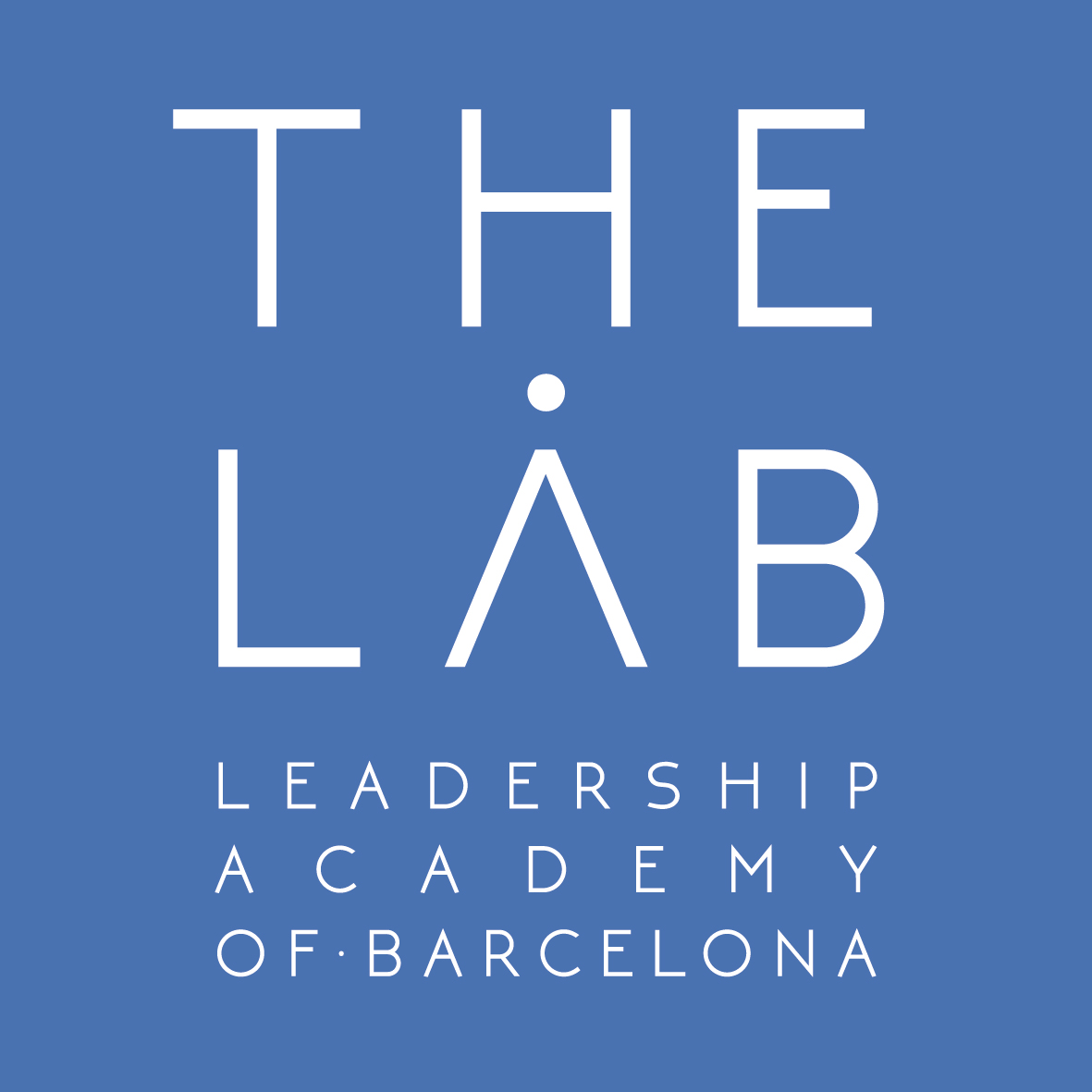Para la versión Española de este post ir a LinkedIn aquí.
This is the second in a short series presenting the Sustaining Executive Performance (SEP) model, the 5 element model that formed the basis of my first forays into executive health teaching and the SEP book. Three factors came together in 2007 which led to the creation of SEP. First, I was inspired by the HBR Corporate Athlete article which convinced me I could use my sporting experience in my business career. I then found the excellent work by Michael and Juliette McGannon, principally at INSEAD, which showed me health could be a legitimate subject at a leading business school. The third factor was my environment at the time -- and the opportunity -- I was researching and teaching at IESE Business School...and the rest is history...
Here, we look at the second element, RECOVER. I'll use the same format for each of the five elements. A clip from the 2016 eLearning course followed by the Top 10 Takeaways, which are also the closing comments in the SEP Book chapter for that element. Delighted to receive feedback and questions, either here, or on LinkedIn.
Top 10 Takeaways: RECOVER
1. Try to understand your own rhythms and identify the rhythms that surround you.
2. Think about stress as a valuable concept, where greater attention to it will allow it be used positively.
3. Get to know your heart. Feel it beating. Raise an awareness of your RHR at rest and during different activities.
4. Understand that sleeping is a process and a key professional skill that can be hacked.
5. Prepare for sleep as for any important task.
6. Gain insight to your own circadian rhythm: when you feel more alert, when you need a break, how you cope with jet lag.
7. Experiment with napping as a strategic action to sustain performance in a long day.
8. Learn how to breathe during the day for relaxation and energizing, and at night to improve sleep.
9. Understand the difference between physical, mental, and active and passive recovery, and which is required when.
10. Pay attention to what surrounds you as a means of recovery.

